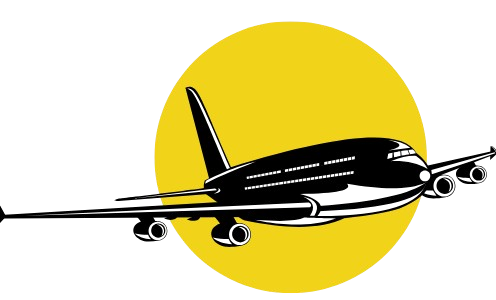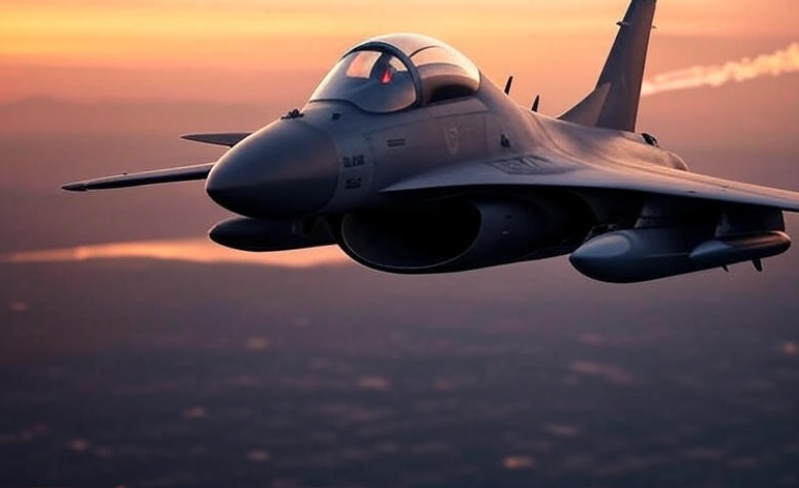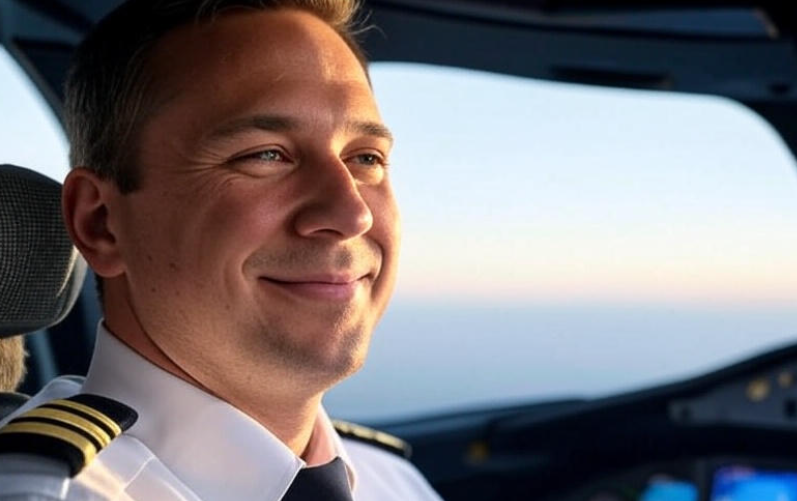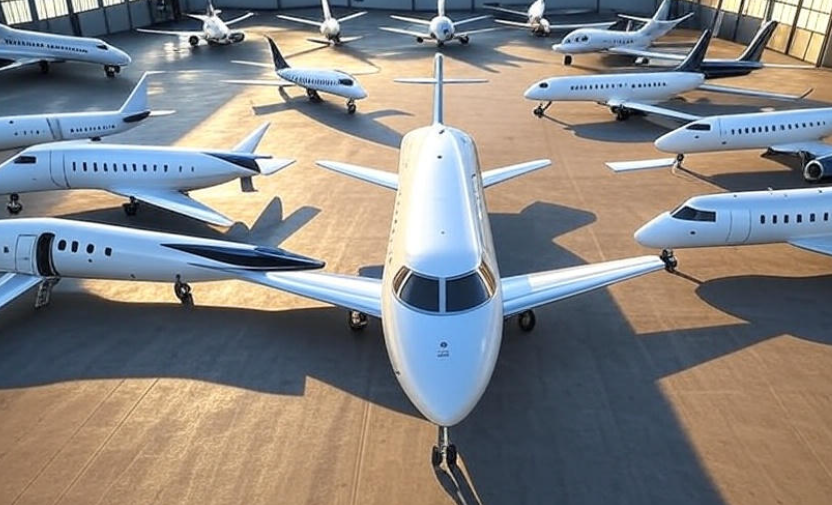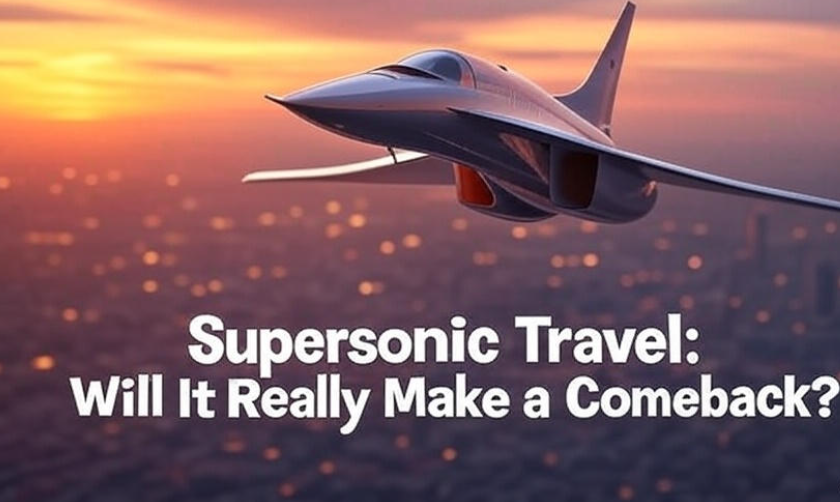Fighter jets are some of the most fascinating machines ever created. Sleek, fast, and powerful, they’ve captured the imagination of people worldwide. Most of us know they can fly at incredible speeds and perform amazing aerial maneuvers, but there’s a lot more to them than meets the eye. Here are 12 things you probably didn’t know about fighter jets—some might even surprise you! 🚀
1. Fighter Jets Can Fly Faster Than Sound
Most modern fighter jets can break the sound barrier, which means they travel faster than 767 miles per hour (Mach 1). When a jet breaks this barrier, it creates a sonic boom—a loud, thunder-like noise. Pilots describe the sensation as feeling like the plane suddenly “pops” through the air.
2. Fighter Jets Are Not Always Armed
You might think every fighter jet has missiles or guns loaded all the time. That’s not true. Many jets fly without weapons for training, reconnaissance, or testing. Arming a jet takes careful planning and is often done just before a mission.
3. The G-Force on Fighter Jet Pilots is Intense
When performing sharp turns or sudden dives, pilots experience extreme forces called G-forces. It can feel like someone is pressing down on you 9 times your body weight! Pilots wear special suits to keep blood flowing to their brains and prevent blackouts.
4. Modern Fighter Jets Can “Talk” to Each Other
Jets use advanced data links to communicate in real time. This allows them to share information about enemy positions, weather, and navigation. It’s like having a high-tech group chat in the sky—but much faster and more critical!
5. Fighter Jets Can Fly Backwards… Sort Of
While they can’t literally reverse like a car, some jets like the F-22 Raptor can perform a maneuver called a “high angle of attack,” making it seem like they are moving backward relative to their usual forward motion. It’s all about tricking the enemy during dogfights.
6. The Cockpit is Like a Mini Space Station
Step inside a fighter jet cockpit, and you’ll see a maze of buttons, screens, and switches. Every gauge, light, and joystick is designed for speed, accuracy, and safety. Some jets even have touch screens that pilots can control with gloves!
7. Fighter Jets Have Ejection Seats for Emergencies
If something goes wrong, pilots can eject themselves from the jet in seconds. The ejection seat uses explosive charges to launch the pilot safely into the air, followed by a parachute to bring them down. It’s one of the most critical safety features on modern jets.
8. Fuel Efficiency is Surprisingly Low
Despite looking sleek, fighter jets burn fuel like crazy. A single hour of flying at high speed can consume thousands of pounds of fuel. For instance, the F-15 Eagle can burn about 11,000 pounds of fuel in just one hour of flight! ⚡
9. Some Fighter Jets Can Take Off Vertically
Jets like the Harrier and F-35B can take off and land vertically. This allows them to operate from small ships or remote airfields without long runways. Imagine a jet just rising straight into the sky like a rocket—fascinating, right? 🚁
10. Fighter Jets Use Stealth Technology
Some jets, like the F-22 and F-35, are designed to avoid radar detection. They use special shapes, coatings, and materials that make it difficult for enemies to spot them. Stealth technology has changed modern air combat dramatically.
11. Fighter Jets Can Perform Incredible Maneuvers
Ever seen a plane spin or flip in midair? Fighter jets are built for agility. Pilots can execute loops, rolls, and sudden dives to dodge missiles or gain a tactical advantage. These maneuvers require skill, precision, and nerves of steel.
Don’t miss: The Hidden Role of Aerodynamics in Flight Safety
12. Fighter Jets Can Be Used for Humanitarian Missions
Yes, they are built for war—but fighter jets also help in emergencies. They can be used for search and rescue, delivering urgent supplies, or providing air support during natural disasters. So they’re not just tools of combat—they save lives too.
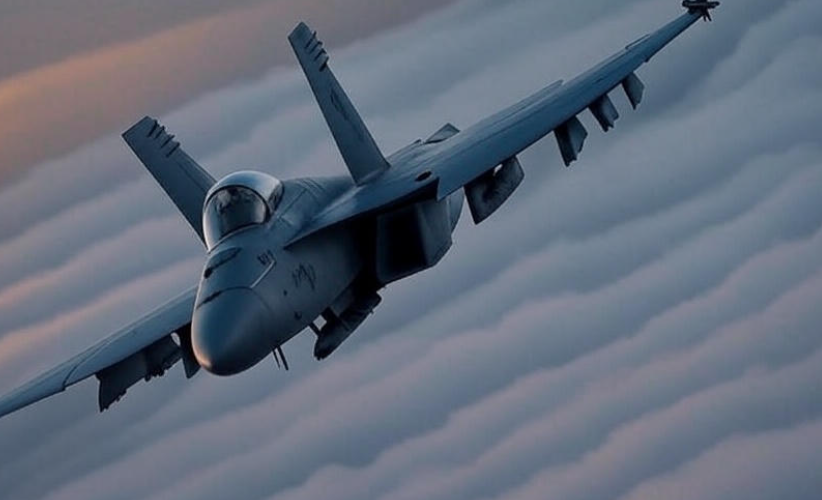
Table: Fun Facts About Famous Fighter Jets
| Jet Model | Top Speed | Special Feature | First Flight |
|---|---|---|---|
| F-22 Raptor | Mach 2.25 | Stealth, super maneuverable | 1997 |
| F-35 Lightning II | Mach 1.6 | Vertical landing, advanced sensors | 2006 |
| Su-57 | Mach 2 | Supercruise, stealth | 2010 |
| Harrier | Mach 0.9 | Vertical/short takeoff | 1967 |
FAQs About Fighter Jets
Q1: Can fighter jets fly in space?
No. Fighter jets are designed for the atmosphere, not outer space. They rely on air for lift and engines for propulsion. Spacecraft are a whole different machine!
Q2: How long can a fighter jet stay in the air?
It depends on fuel, but most modern jets can fly 2–3 hours without refueling. Air-to-air refueling can extend this significantly.
Q3: Are fighter jets faster than commercial planes?
Absolutely! Commercial jets cruise around 500–600 mph, while fighter jets can exceed 1,500 mph. That’s 2–3 times faster!
Q4: How much does a fighter jet cost?
Prices vary. Older jets like the F-16 can cost around $30 million, while newer models like the F-35 can cost over $90 million per unit. 💸
Q5: Do fighter jets need a long runway?
Most do, but some, like the Harrier or F-35B, can take off from short runways or vertically.
Fighter jets are much more than metal and engines. They are marvels of engineering, combining speed, agility, and technology in ways most of us can only dream about. Next time you see one streaking across the sky, remember—it’s not just a plane, it’s a flying machine full of secrets and surprises. ✈️
